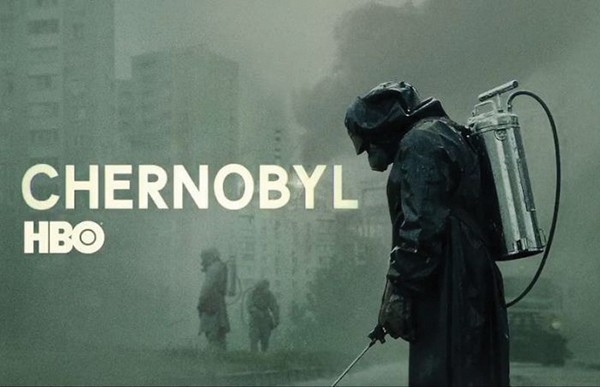This was an event never before seen in the history of mankind, impeccably reproduced for television audiences. But for many of us, the Chernobyl catastrophe is not history. The disaster itself continues, and its effects can still be felt today.

Almost 350,000 locals were evacuated after the accident. Today, approximately 5 million people still live in areas which are officially designated ‘contaminated’. The lingering effects of Chernobyl are expected to cause 9,000 more deaths, according to conservative estimates by the World Health Organisation. Ten reactors of the same type used at Chernobyl are still currently in operation across Russia; from Leningrad to Smolensk to Kursk.
There are difficulties with accurately estimating the loss of life caused by Chernobyl, due to the limitations of the initial data, and inaccurately low estimates about both internal and external exposure. Internal exposure is what enters the body through eating or breathing, and is much harder to track and evaluate than external exposure. A single particle of radioactive material inside a lung can remain there indefinitely. This can cause serious risks to health.

A
victim of Chernobyl, Nila Bandarenko from Zhytomir has her third
operation of the thyroid gland. Bandarenko also has kidney cancer. ©
Robert Knoth / Greenpeace
So why are we still eating radioactive mushrooms and berries, and why are we still building new nuclear power stations?

Residents
of Novozybkov sell local produce outside the local bazaar. Here the
food does not pass radiation controls. © Denis Sinyakov / Greenpeace
We met with Victor Alekseivich Khanaev, a surgeon at the Novozybkov region’s central hospital, who told us, “At first, immediately after the accident, people were afraid, and they listened to what the doctors and the authorities recommended. But it’s impossible to be fearful forever, just as it’s impossible for villagers to give up what’s grown in their gardens – especially when their compensation was meagre and barely covered basic sustenance.”

Villagers with locally grown potatoes in the Rokitne District of the Rivne Region © Denis Sinyakov / Greenpeace
“Safe nuclear power, generated by water-cooled reactors, simply cannot be created,” wrote the academician Valery Subbotin, at the beginning of the 90s.
It is hard to imagine any other area of human activity where one mistake can have such large-scale, long-lasting consequences. The high price for atomic power is paid not by governments, nor by companies, but by ordinary people, who pay the cost, generation after generation.
Rashid Alimov is a nuclear campaigner with Greenpeace Russia
Translated by Nicholas Hyder

No comments:
Post a Comment
Note: Only a member of this blog may post a comment.